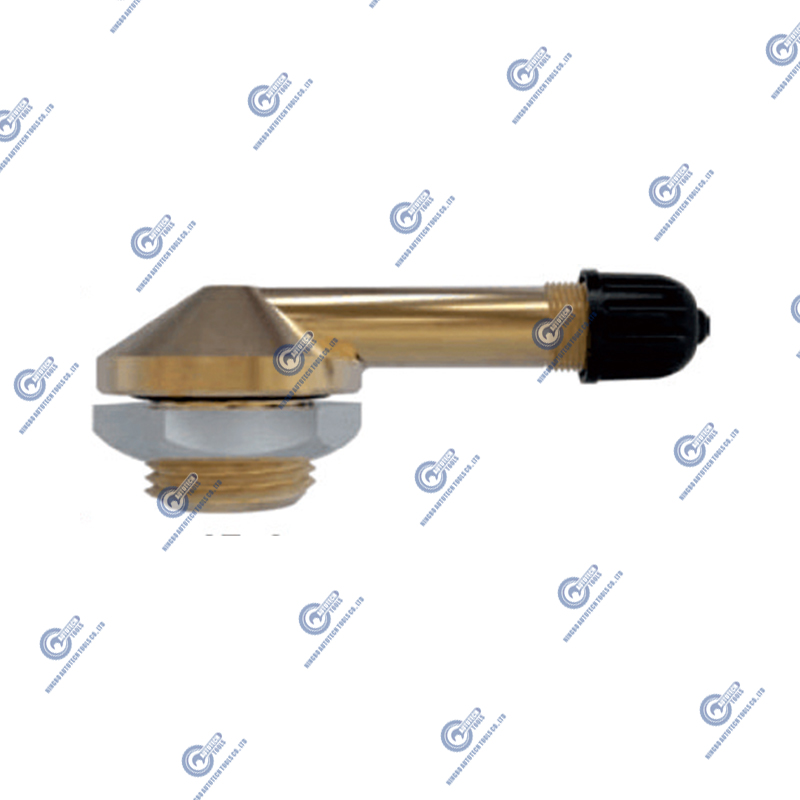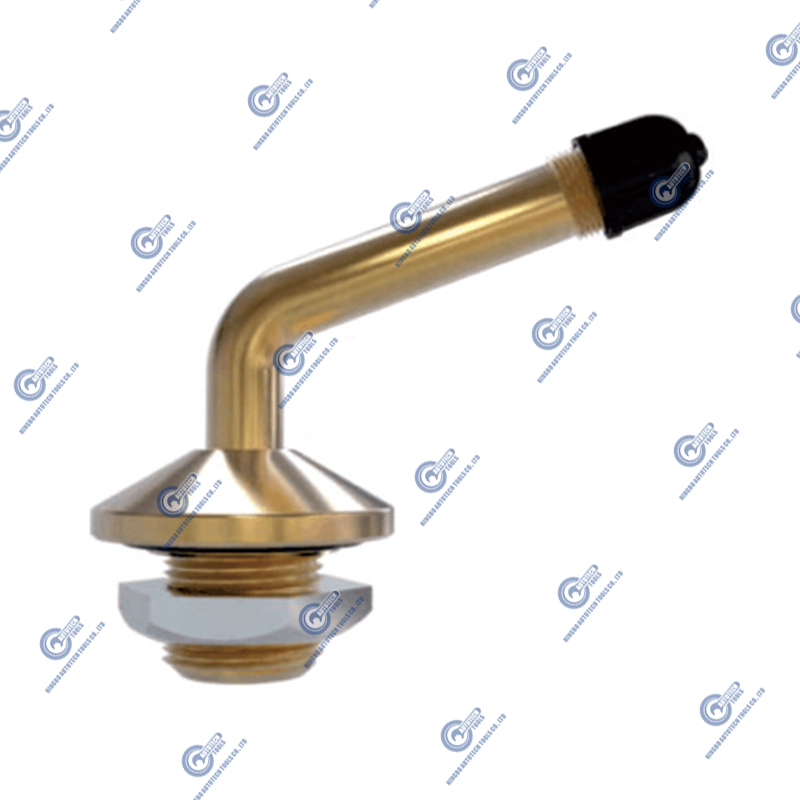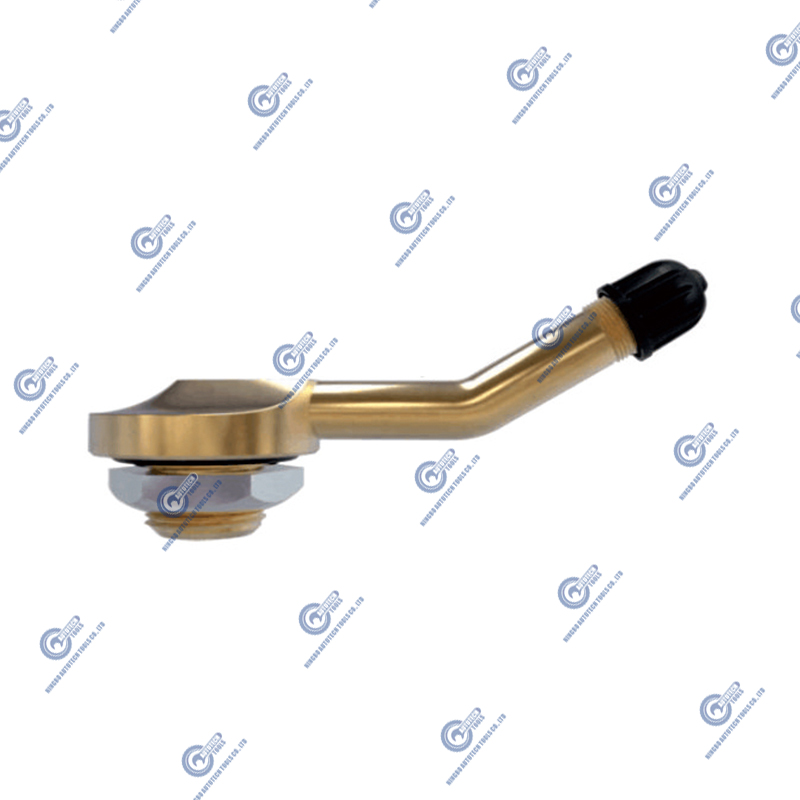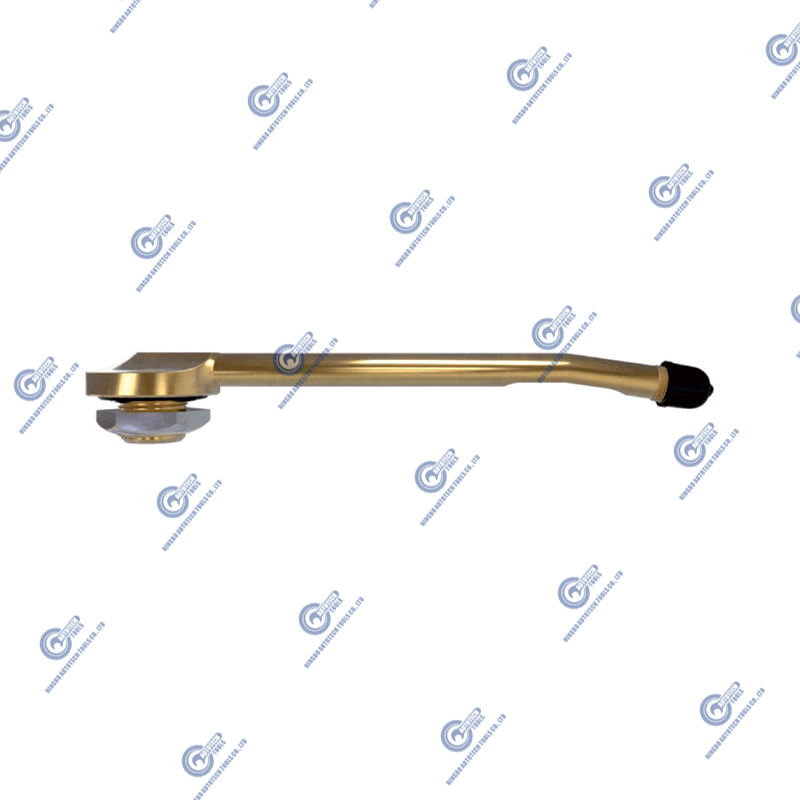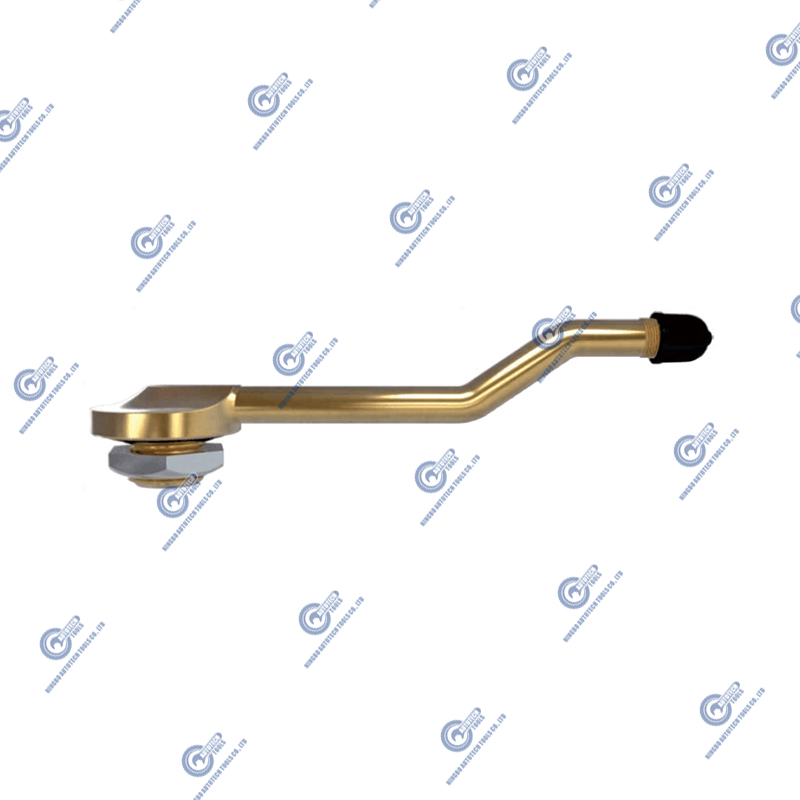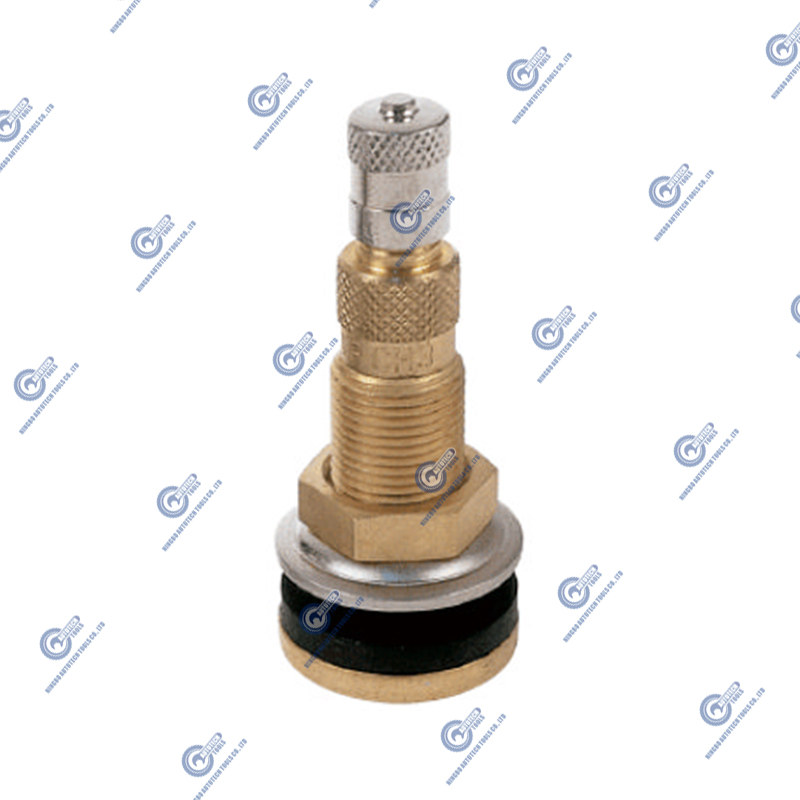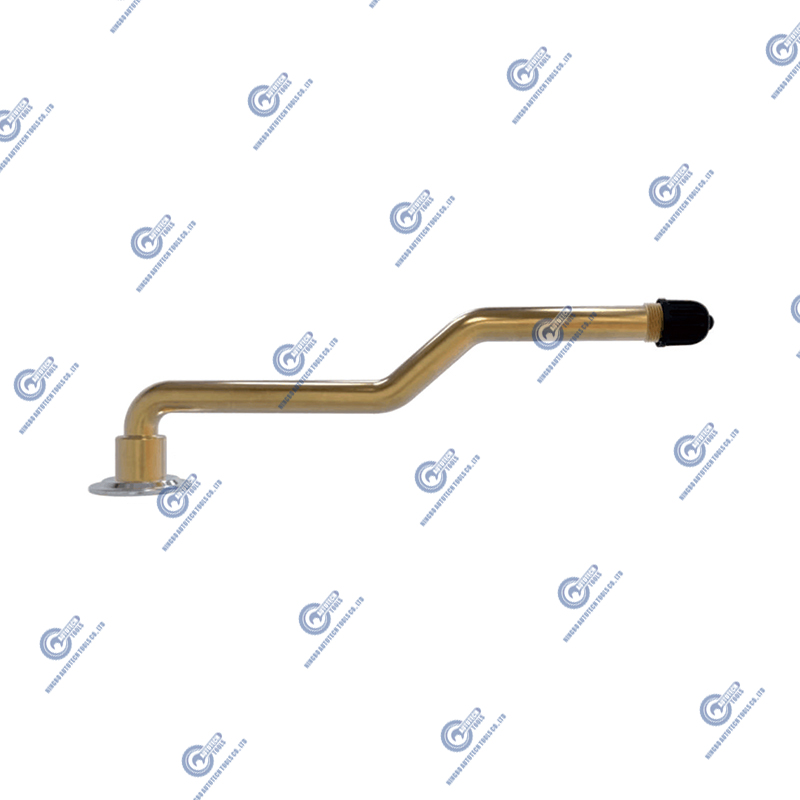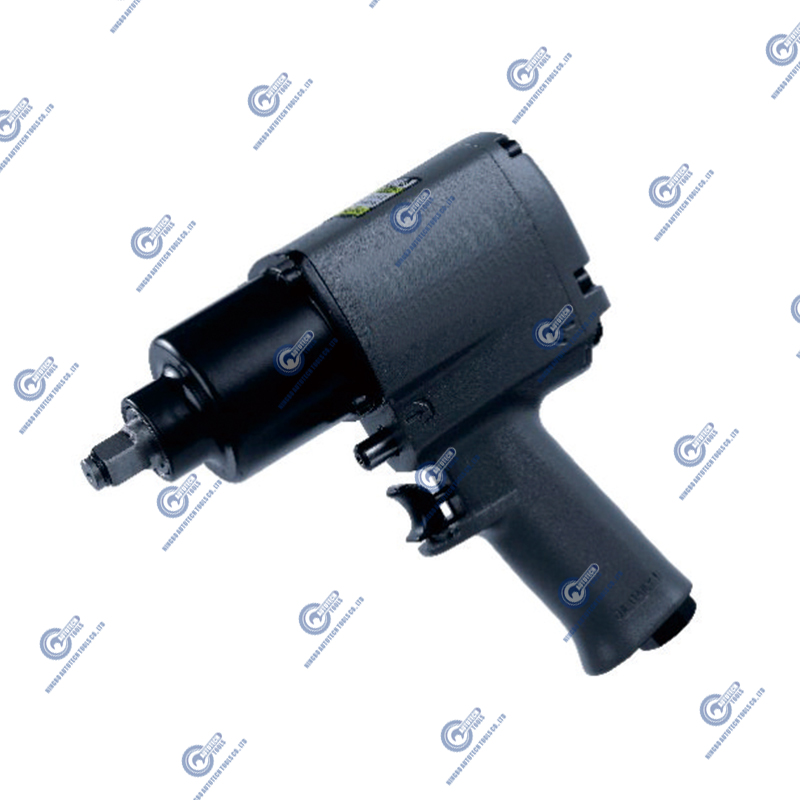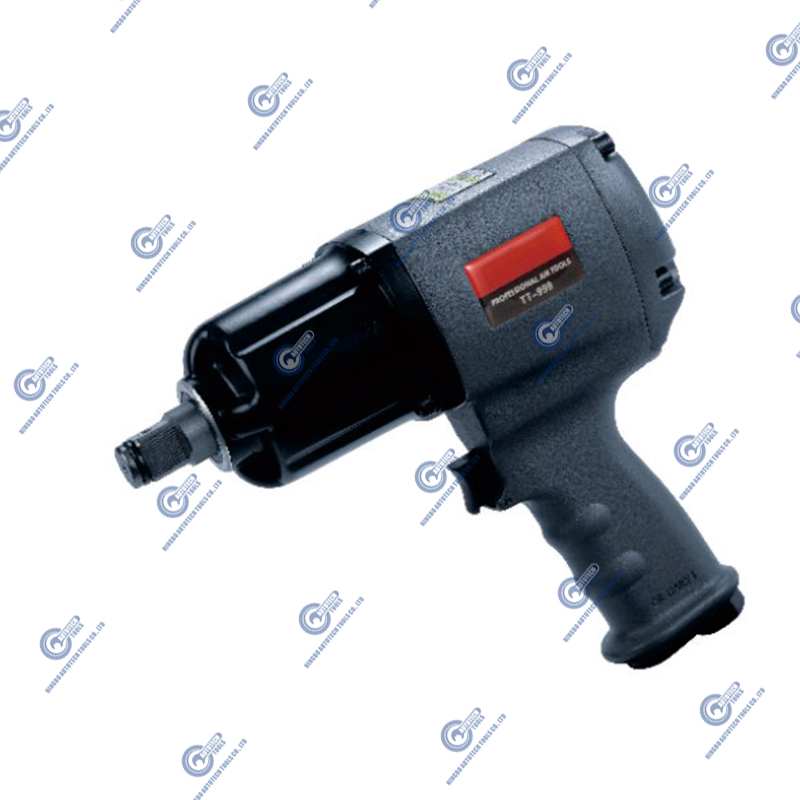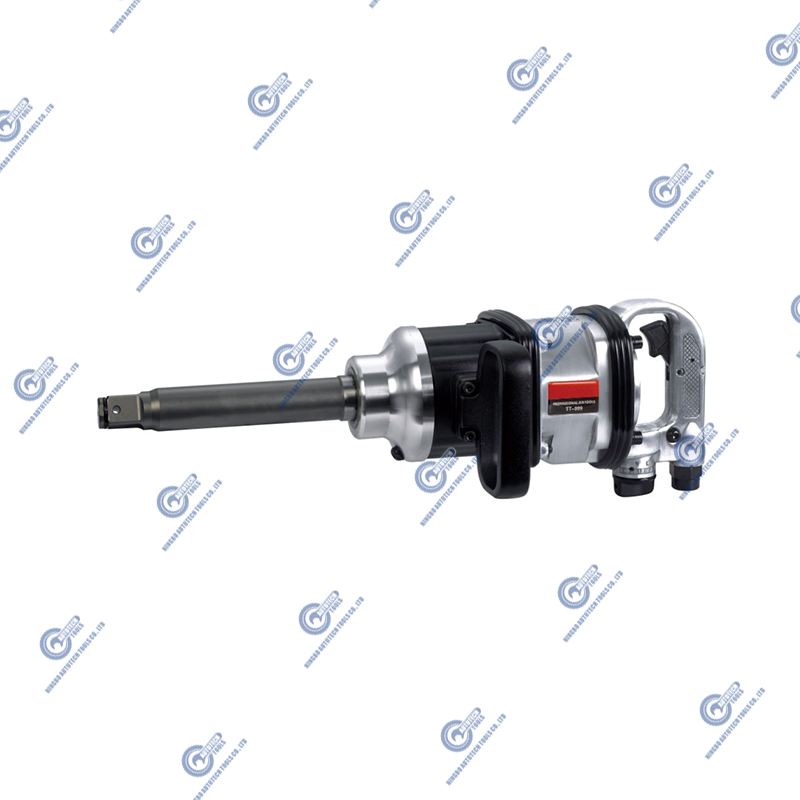From technology to application: working principle and design of European interchange coupling
 2025.06.23
2025.06.23
 Industry news
Industry news
With the continuous expansion of the European railway network and the increasing demand for cross-border operations, European Interchange Couplings, as one of the key technologies to ensure smooth connection between vehicles in different countries and railway operators, has become a core component of the modernization of railway transportation.
1. What is a European Interchange Coupling?
The European Interchange Coupling is a mechanical device designed to ensure standardized connections between railway vehicles of different countries, regions, and even different types. It is not just a simple mechanical connection device, but also integrates air brake system, power supply system and electronic communication interface to achieve multifunctional interaction between vehicles. In order to adapt to the diverse railway operation requirements in Europe, the European Interchange Coupling adopts strict international standards such as UIC (International Union of Railways) standards and CEN (European Committee for Standardization) standards to ensure the commonality between different railway systems.
Common types of European Interchange Couplings include:
UIC 520 Coupling: This is the most commonly used standard for European freight trains and is widely used in most railway freight networks.
Scharfenberg Coupling: This type of coupling is widely used between high-speed railways, urban rails and international passenger trains.
Automatic Interchange Couplers: This type of coupling is mostly used in railway systems with automated operation and has higher intelligent functions.
2. Working principle of European interchange coupling
The working principle of European interchange coupling can be analyzed in detail through its three main functional modules: mechanical connection, air brake system and electrical system. The coordinated work of these modules makes the connection between trains safe and efficient.
Mechanical connection mechanism
Connection mechanism: The most basic function of European interchange coupling is to connect and disconnect trains. Its connection head usually adopts a wedge-shaped, hook-shaped or pull rod structure, and is automatically connected by a strong mechanical device. During the connection process, the coupling maintains a fixed connection between the vehicles through a **locking device (such as a latch, a mechanical cam, etc.)** to ensure that the train will not be disconnected during operation.
Buffer device: In order to reduce the impact force generated during connection, many European couplings are also equipped with a buffer system, such as a hydraulic or spring buffer. These devices can absorb part of the pressure when the train is impacted, reduce damage to the vehicle frame, and extend the service life of the coupling.
Air brake system docking
Brake line connection: The coupling usually has a special air brake connector for connecting the train's pneumatic brake system. During the operation of the train, the brake air pressure is transmitted through the air duct to ensure that the brake system of each carriage can work synchronously.
Sealing and leak-proof design: In order to ensure the efficiency of the braking system, modern European interchange couplings are designed with automatic sealing structures to prevent air leakage during connection and maintain the stability of the air pressure system. This sealing is particularly important for trains with high speeds and long distances.
Electrical system connection
Electrical signal transmission: In addition to mechanical and pneumatic systems, modern European interchange couplings also integrate electrical connectors to provide signal transmission between trains. Through these electrical connectors, various electrical equipment on the train (such as lights, alarms, communication systems, etc.) can work synchronously.
Data transmission and diagnosis: Some high-end European interchange couplings also support data transmission and fault diagnosis functions, which can monitor the status of the train in real time and provide important maintenance information to operators. This allows railway operators to predict problems with the train system in advance and avoid possible failures.
Decoupling process
Decoupling operation: When the train arrives at its destination, the coupling can release the connection through manual operation or automatic decoupling device to complete the separation of the vehicles. Automatic decoupling systems usually use electric or hydraulic drives to ensure easy and safe operation.
3. Design features and technical advantages
The design of the European interchange coupling is not only for connection functions, but also strives to optimize safety, durability and intelligence. The following are the core features of its design:
Modular design
Functional modularity: The design of the European interchange coupling pays great attention to modularity, which means that each functional part (such as pneumatic connectors, electrical connectors, buffer devices, etc.) can be independently repaired or replaced. The modular design greatly reduces maintenance costs and avoids the use of the entire coupling being affected by the failure of a certain module.
Standardized compatibility
Transnational compatibility: The railway systems of different European countries have different standards and requirements. The European interchange coupling achieves cross-national and cross-operator versatility by strictly following UIC and CEN standards, ensuring smooth docking of trains in different countries. Whether it is a TGV from France or an ICE train from Germany, it can be efficiently connected through this standardized coupling.
High-strength materials and durability
Anti-fatigue design: European interchangeable couplings are mostly made of high-strength steel and corrosion-resistant alloys, which can withstand high-intensity mechanical shocks, frequent connection and decoupling operations. Especially on high-speed trains and heavy-load freight trains, the anti-fatigue performance of couplings is crucial.
Long-term reliability: These materials enable couplings to maintain high safety and reliability under long-term and high-frequency use, reducing the frequency of maintenance.
Automation and safety assurance mechanism
Automatic docking technology: Many modern European couplings have achieved automatic docking. Through sensors and control systems, trains can automatically connect and disconnect when they arrive at the station. This not only improves operating efficiency, but also reduces the risk of human operation.
Remote monitoring and intelligent diagnosis: Some high-end couplings are also equipped with remote monitoring systems that can monitor the working status of the coupling in real time. Through data analysis, operators can predict possible problems and perform preventive maintenance.
4. Practical application in European railway system
The application range of European interchangeable couplings is very wide, mainly reflected in the following aspects:
International high-speed trains
Seamless connection of cross-border trains: For example, Germany's ICE trains and France's TGV trains can quickly exchange passenger services between different countries by using standardized Scharfenberg couplings, ensuring smooth cross-border railway travel.
Cross-border freight trains
Standardized connection of China-Europe trains: China-Europe trains depart from China and need to be standardized with European freight trains after entering the EU. By using interchangeable couplings, trains can pass through multiple countries smoothly without changing carriages.
Urban rail transit
Urban subway and light rail interconnection: Many European cities' subway and light rail systems also use standardized couplings to facilitate vehicle marshaling and maintenance between different lines.
Emergency rescue system
Emergency rescue and maintenance trains: In some emergency situations, such as railway failures, the use of unified standard couplings can enable rescue trains to quickly connect with faulty trains to ensure rapid resumption of operations.




